- Known best for THC and CBD, there is growing (yet still insufficient) evidence supporting the benefits of the other active ingredients found in cannabis.
- These include delta-8 THC, a sweet flavoured cannabinoid that kicks in fast but not particularly strongly, and CBN, a painkiller far more potent than aspirin.
- And with cannabis having more than 85 cannabinoids, the list goes on and on. Here are the most important ones.
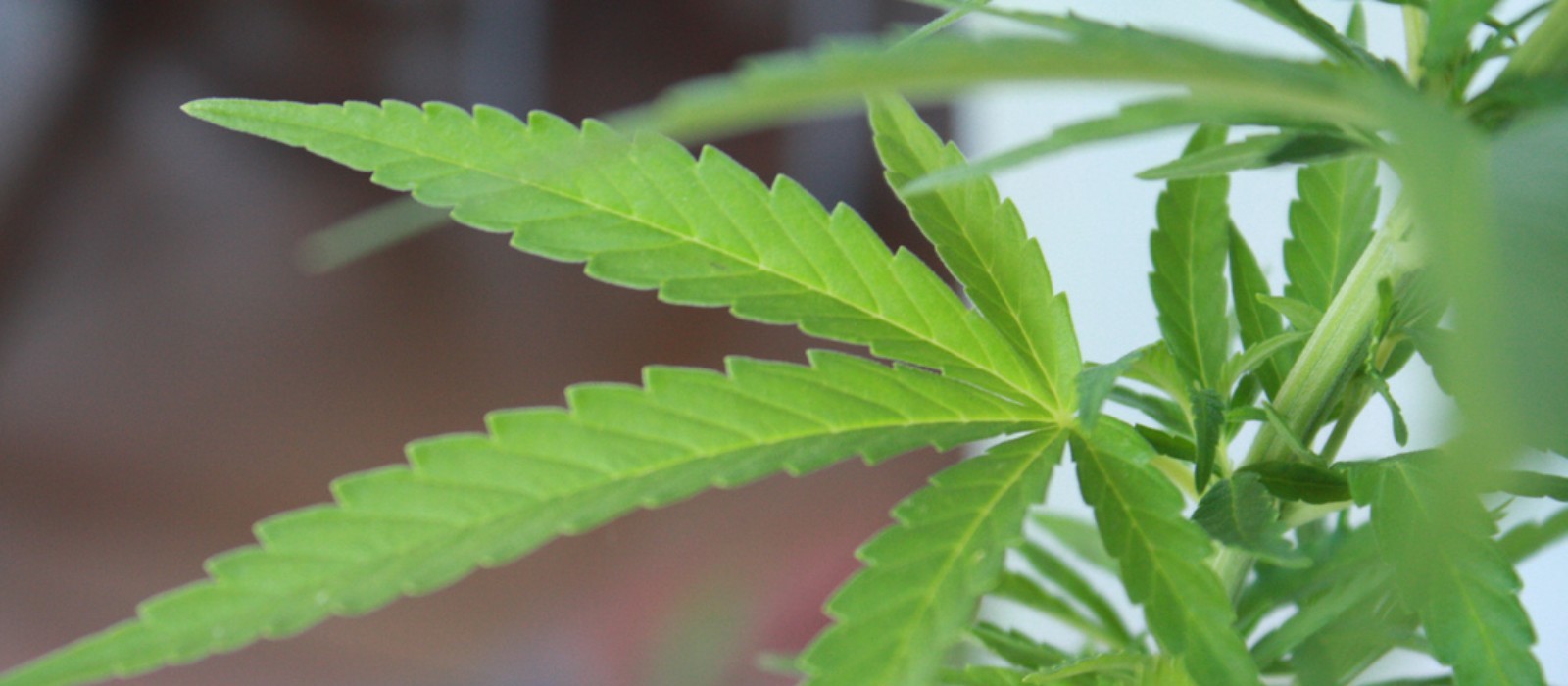
If you're not new to cannabis and its jargon, you sure know that THC and CBD are the main active ingredients found in the plant. While the former is the psychoactive compound par excellence, the latter stands out for its medical benefits. And yet, there's more to cannabis than just THC and CBD, as the plant contains as many as about 85 other cannabinoids.
These chemical substances, which are found in cannabis as well as in other plants, bind to the cannabinoid receptors present in the human body, producing different effects. And although research in this field is still in its infancy, there are studies that suggest the properties of these cannabinoids are more than worth checking out. Let's have a look at the most important ones and its main benefits.
Delta-8-THC, a less psychoactive version of THC
Like THC, also known as delta-9-tetrahydrocannabinol, delta-8-THC is a psychoactive cannabinoid, but with the difference that it is not as potent as its big brother.
While the effect is almost immediate - delta-9-THC takes about 5-10 minutes to kick in - it is not as cerebral, making for a more relaxing experience. Also, according to experts, it is more effective than delta-9-THC when it comes to fighting anxiety and stimulating the appetite. As a result, many see it as a buzz free alternative to regular THC treatments, which could be particularly beneficial to children, the elderly and the mentally ill.
Based in Oregon, Oregrown markets a Pax vaporiser pod filled with delta-8-THC. Joseph Nielsen, one of its engineers, describes the effect "a solid punch", but smoother and sweeter than delta-9's.
While delta-8-THC is hard to extract because it only exists naturally in small amounts, it can be obtained chemically from delta-9-THC. This is what they do at Oregrown, where they transform the compound into a clear, viscous oil that can be vaped or infused into edibles.
THCV, a bright future ahead
Usually found in Afghan and African strains such as Durban Poison, Tetrahydrocannabivarin (THCV) is as little known as it is promising. The effect is fast, strong and clear, delivering a psychedelic high that kicks in quite instantly, but clearer and not as long-lasting as THC - THCV is three times less psychoactive than its stronger relative.
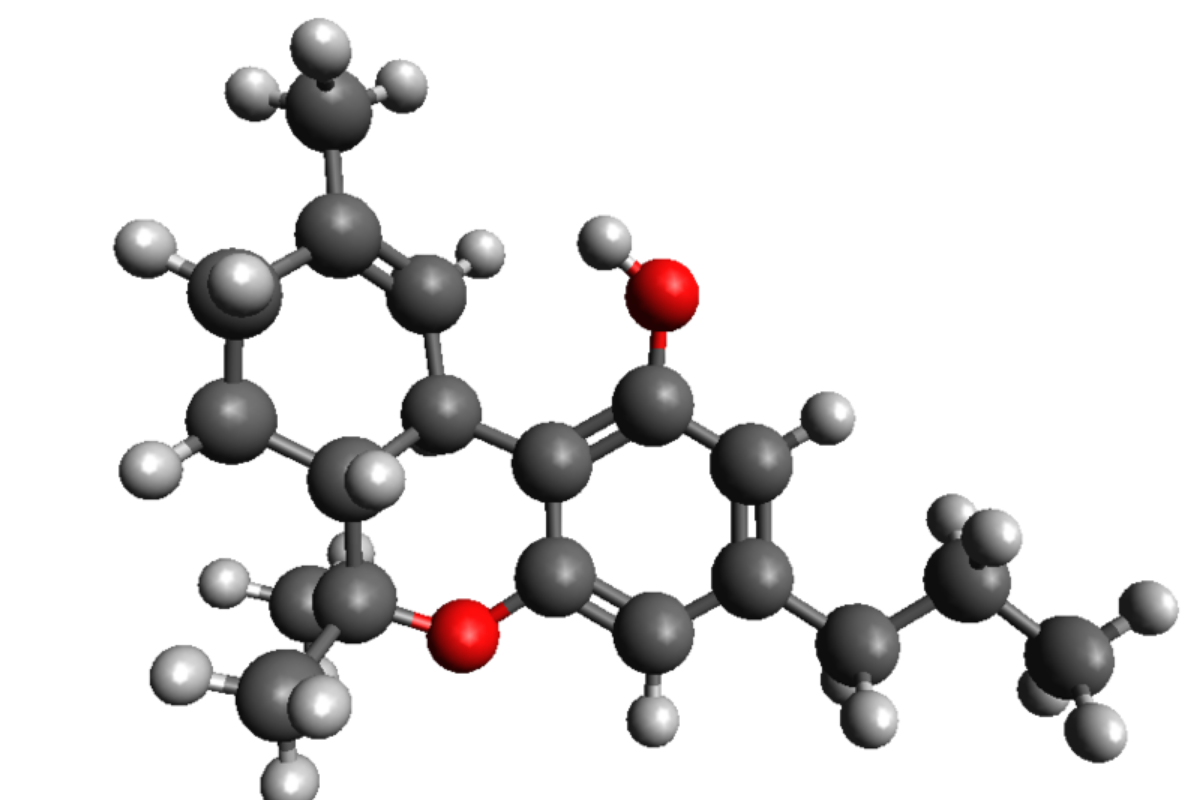
Further, there is research suggesting it may be able to protect the brain, improve insulin resistance and prevent seizures. And because it suppresses the appetite and gives energy to the body, it could also help with eating disorders. Plus, it is an effective painkiller and antiepileptic agent that reduces fits and seizures. GW Pharmaceuticals, the creator of medicinal products as renowned as Sativex and Epidiolex, is currently developing a new drug based on THCV.
CBN, a medically beneficial degradation
Cannabinol (CBN) is what you get when THC breaks down. This occurs when the substance is exposed to sunlight or to oxygen: the higher the temperature, the greater the degradation, but this is not necessarily a bad thing.
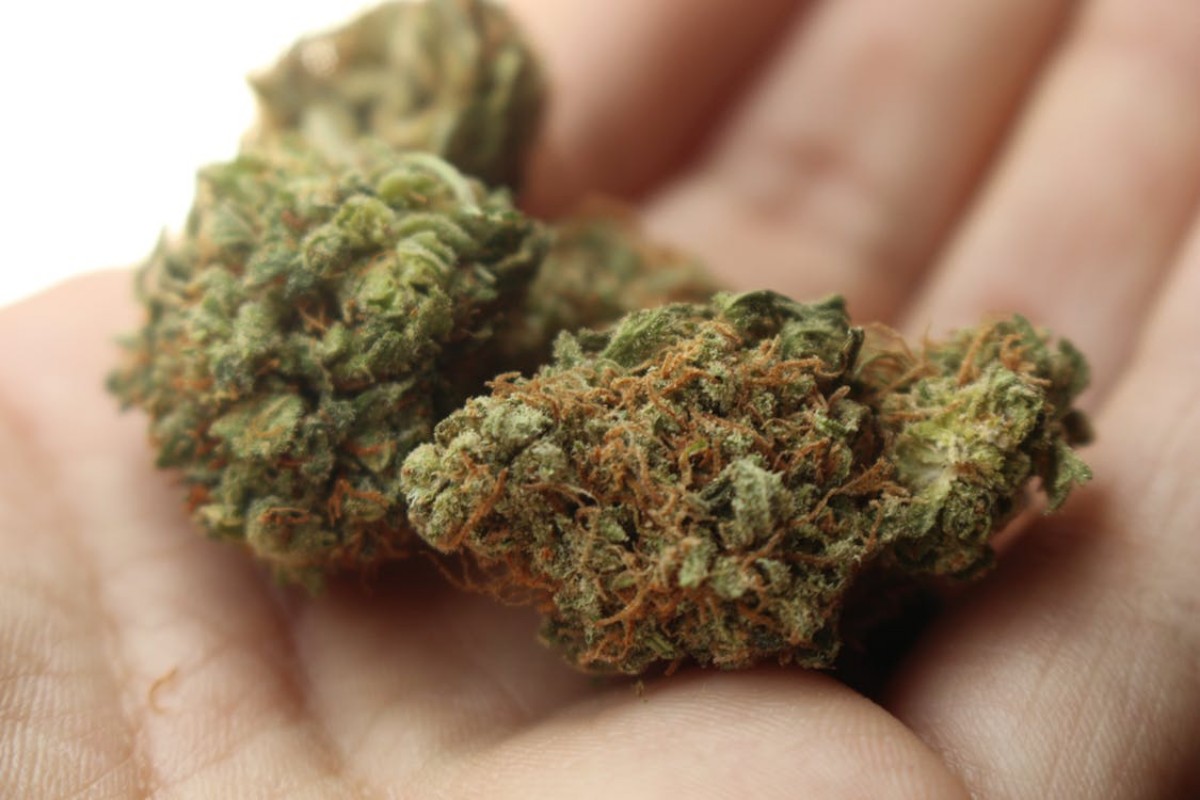
While CBN may cause vertigo and disorientation, these are rare effects that are more than offset by the compound's many benefits, particularly its sleep-inducing properties, an excellent tool for fighting insomnia.
Highly sedative, CBN is also a wonderful anti-inflammatory and painkiller - it is more effective than aspirin - as well as a potent antioxidant that keeps free radicals at bay. In fact, it is not unusual to find it in anti-aging face and eye creams, where it is usually combined with other cannabinoids.
Because it results from the degradation of THC, CBN is not commonly found in cannabis plants. Ways to increase its concentration include harvesting later than you normally would and prolonging the drying process, but of course this will take its toll on THC levels.
CBC, amazing therapeutic potential
Cannabichromene (CBC) is the second most abundant cannabinoid found in cannabis. It has no psychoactive effect and, like other cannabinoids, it interacts with the endocannabinoid system's CB1 and CB2 receptors, but with the difference that it also binds to other receptors such as TRPV1 and TRPA1, hence its numerous medicinal properties.
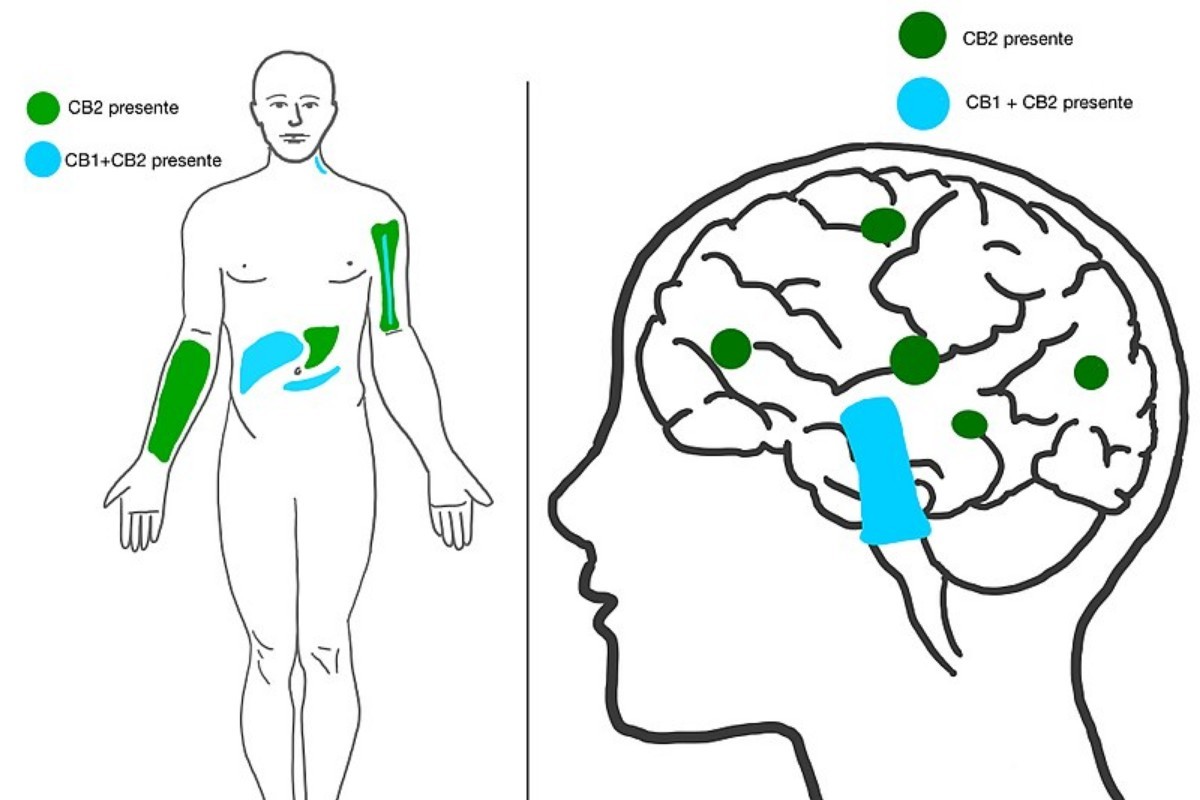
To name just a few, CBC is more effective depression treatment than CBD - up to ten times more effective, according to research - it promotes relaxation, reduces pain, particularly headache and migraine, and helps fight insomnia. And yet its potential is not fully realised until combined with other cannabinoids, as this enhances the so-called entourage effect. To take two examples, the anti-inflammatory properties of THC increase exponentially when mixed together with CBC, while a CBD-CBC combination does wonders with acne.
And that's not all, as according to a 2013 study carried out on mice, CBC could help inhibit tumour growth and swelling, emerging as a key element in the fight against cancer.
If you want to increase your plants' CBC concentration, you can spray them with abscisic acid towards the end of flowering. But because this is a complex technique that requires advanced growing skills in order to get the dose right - every plant has its own particular needs - it is wiser to source it from a lab.
CBG, one of the most well-rounded cannabinoids
Just like CBC, Cannabigerol (CBG) is a non-psychoactive compound that stands out for its therapeutic applications. Not for nothing, it is believed by many to be the most therapeutic of all cannabinoids.
According to an article by Ethan B. Russo published in the British Journal of Pharmacology, CBG has anti-anxiety, antidepressant and analgesic properties and can help in the treatment of fungal infections, skin diseases and muscle stiffness.
If we dig a little deeper, we find that CBG is also useful for treating Crohn's disease and glaucoma, reducing intraocular pressure as suggested by a study carried out in 2009. Among its many properties, CBG is also claimed to have an antitumour and a neurogenic effect, which makes it one the few compounds to favour the production of new neurons.
THCA, only the good side of THC
Tetrahydrocannabinolic acid is basically uncombusted THC, which means the substance has no psychoactive effect per se. This is why the companies operating in the cannabis sector are showing increasing interest in THCA, and are working on products that bring all the benefits of THC to the immune and the endocrine systems but without getting you high.
Generally, it is applied through the skin, as according to a 2009 study, the epidermis acts as a protective barrier that is permeable to cannabinoids. Interestingly, THCA works very similarly to CBD, i.e. it stimulates the receptors instead of activating them, which triggers the curative effects. These include reduction of swelling, protection of the nervous system, reduction of chemotherapy-induced nausea and sickness and, according to some research, even the potential to stop the spread of cancer.
These are the main cannabinoids found in cannabis, but there are many others like CBDV and CBE that are just as beneficial. The problem here is, again, the lack of research, which keeps us in the dark about the real number of properties cannabis holds. This is why delving further into its composition and characteristics is what we really need to prove for once and for all that the plant is more of a friend than an enemy.



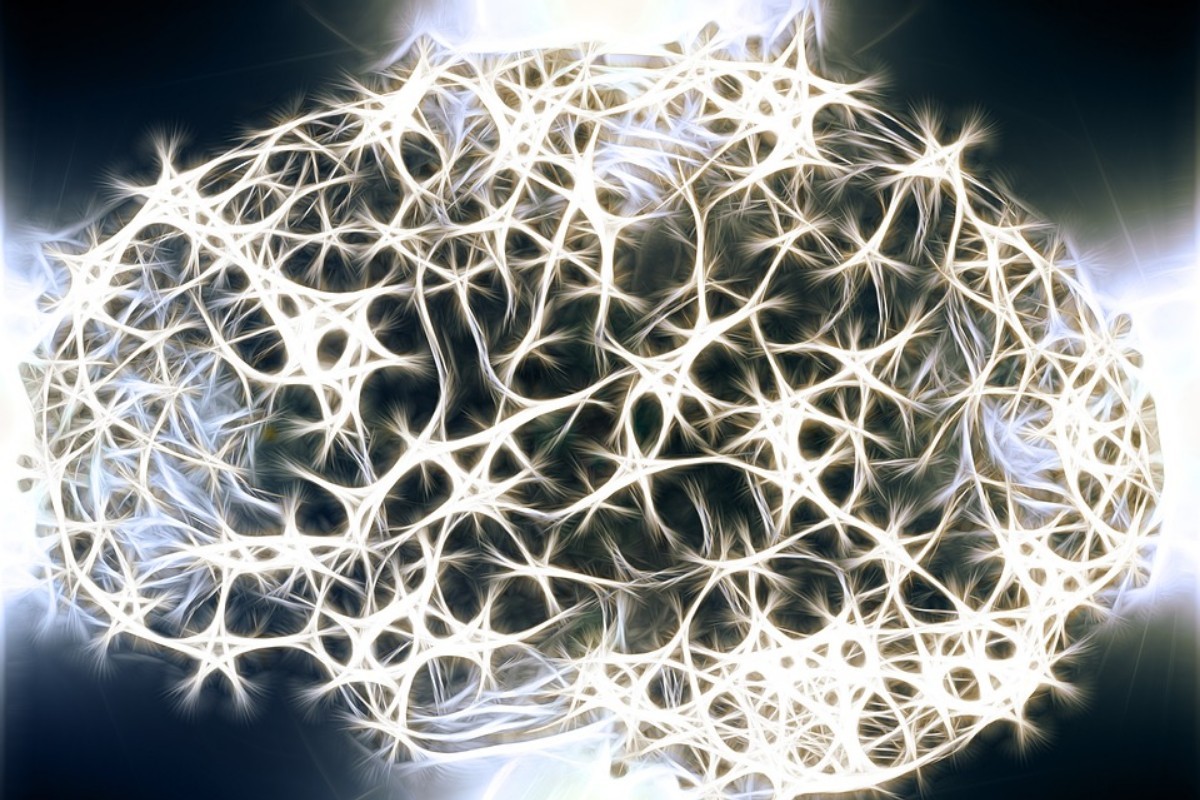
Comments from our readers
There are no comments yet. Would you like to be the first?
Leave a comment!Did you like this post?
Your opinion about our seeds is very important to us and can help other users a lot (your email address won't be made public).